What is the Wellness Diet?
- October 9, 2018
- Last Updated: June 18, 2023
- 11 Comments
- Intuitive Eating
I wanted to talk about The Wellness Diet today because I want to emphasize the difference between Wellness and Diets.
If you’ve been here for a while, you may have accepted that diet’s don’t work, but wondered why fad diets don’t work, specifically.
Rather than following external cues (like diets and influencers) for your personal nutritional and wellness needs, I’m all about learning to get in tune with your individual hunger and fullness cues.
As an Amazon Associate, I may earn from qualifying purchases. You can read more here on our Disclaimer and Privacy Page.
What is The Wellness Diet?
I’m not sure there is any real definition of the Wellness Diet.
The Wellness Diet is diet culture’s sneaky way of re-inventing itself to make it seem non-diety.
It wants you to think it’s all about your health and wellness.
It doesn’t promote itself as a diet, per say, but it might as well. It’s basically saying you’ll achieve health by eating what they recommend.
And not only that, it does so by teaching us to talk negatively and feel bad about ourselves.
Reframing negative self talk requires a conscious effort!
Like diet culture tries to tell us. “Eat this, not that,” they say, and “you’ll cure cancer.”
Or, lose x amount of lbs or fat.

Or, how Weight Watchers recently rebranded themselves as a wellness company, “Wellness that Works.” Yet it still has points and guides for certain foods to meet weight goals.
It still instills the thought that some foods are good and some are bad.
Or, if you reach your points by the end of the day yet you’re still hungry, you “shouldn’t ” eat.
While we can go down the road of why none of this aligns with intuitive eating and your internal cues and signals, that’s another post for another day.
Instead, let’s talk about why these “wellness” lifestyles are diets in disguise.

How Can You Spot The Wellness Diet?
The Wellness Diet may incorporate words like “detox,” or “cleanse.”
Or, it may encourage the elimination of certain foods and food groups (without a medical reason for doing so).
Sidenote: If you have a medical concern or reason for not eating xyz foods, that is not what I’m referring to here.
It may even say it’s not about weight loss, but just to feel better (and take out or shun foods like gluten, dairy and/or meat).
The Wellness Diet certainly demonizes certain foods and groups to make you think that’s the path to wellness.

The Wellness Diet also reminds you that every meal and snack “should” be balanced, and buzz words and terms you’ve probably heard before:
- Don’t forget your veggies at each meal.
- Eat 5 servings of fruits/veggies each day.
- Eat exactly 30 grams of protein at each meal.
- Avoid all added sugars
- Exercise for 30 minutes every single day
- To lose weight, drink more water. Eat more protein. Avoid sugars.
- Don’t eat any processed foods
- You’ll feel better if you go gluten free, dairy free, vegan, etc
Many of these statements have been said repeatedly over the years, yet our country is not getting any “healthier.”
While what a dietitian eats in a day may seem like a staple of health, the truth is, it will vary for everyone.

In fact, more and more people are actually developing disordered relationships with food.
While it is undeniably a good thing to eat a variety of foods and sufficient fruits and vegetables, eating too many is not good for our health either.
It may lead to not eating enough for workouts or feeling out of control around food.
Being obsessive about including veggies whenever possible may lead to viewing a meal without veggies as “bad,” leading to feelings of guilt and shame.
It may lead to lower calorie food choices to compensate, and taking a person out of touch with what their body wants or needs in the moment.
How Do You Combat the Wellness Diet?
We know that eliminating foods from our diets without a medical reason to do so can be a cause or a symptom of labeling foods as “good” or “bad.”
In my opinion, the whole idea behind Intuitive Eating is trying to reconnect with our bodies and realizing and recognizing what foods we actually like.
If we deem certain foods off limits and we actually like them, well then that’s a diet culture behavior. Similar to the ideas of the F*ck it Diet.
No one food is going to lead to weight gain or loss. Similarly, no one food will cure you or magically bring you health.

How does the Wellness Diet know what’s best for everyone? We know that health and wellness looks different for each person.
Why should everyone give up gluten? Or go on a juice cleanse?
It’s a population lifestyle disguised to meet your individual needs. But it won’t because it still bestows food rules and external regulations.
The wellness diet is a population lifestyle disguised to meet your individual needs, but it won’t because it still supports food rules, good and bad foods and external regulations.

Health is a culmination of behaviors, not the foods we eat.
There is more to the health definition than what we put in our bodies.
I would even argue that focusing “too much” on health may be unhealthy, and can lead to orthorexic tendencies and obsessions.
If you also want to learn more, Christy Harrison has a great podcast about it as well.
Being too pre-occupied with food takes us away from the other things outside of food.
It’s okay to love and enjoy food, but we want to have brain space for other things too.

Furthermore, sometimes we eat for reasons outside of hunger and that is not wrong at all.
Food is more than fuel. Food is nostalgic.
I know I say this over and over on the blog, but we make memories around food. We feel emotions with food. And, we celebrate with food.
All of these are good reasons to enjoy food as well!
The Wellness Diet makes it seem like food is the only path to healing your health and every food choice should be based on wellness.
To break that down, it means every food choice should be scrutinized and made to fall within their definition and boundaries of wellness.
Whether that be gluten-free, dairy-free, plant-based, low-carb, what have you.
To follow the “Wellness Diet,” means you are following their defined way of eating for health.
What You Can Do Instead of Falling For The Wellness Diet?
Not to say all aspects of the Wellness Diet should be avoided.
Some of the intentions are good in promoting certain behaviors. Like eating vegetables or sufficient protein.
We would probably all feel better if we ate vegetables every day.
But, it’s okay if we have days where we don’t. It’s okay if we’re traveling and don’t have access to them.
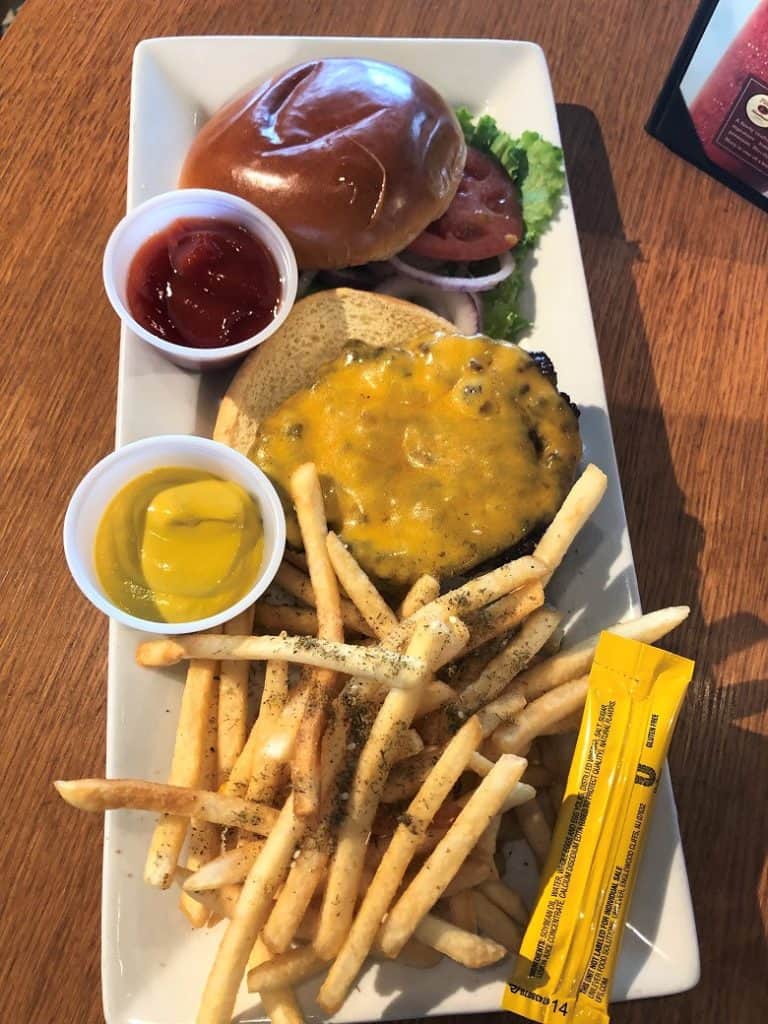
Or, meals are out of our control and fruits and veggies don’t make their way onto the plate.
Our bodies are so resilient that we can go days without vegetables and still be our best.
We know how to break down protein, carbohydrates and fat.
Yes, we do want to eat all of these macronutrients and make a balanced plate.
What I need may well be very different from the distribution that you need. But, we get to decide that. Not the wellness diet, or diet culture.
Grab Our Meal Prep Ebook to Finally Conquer Meal Prep in the Kitchen
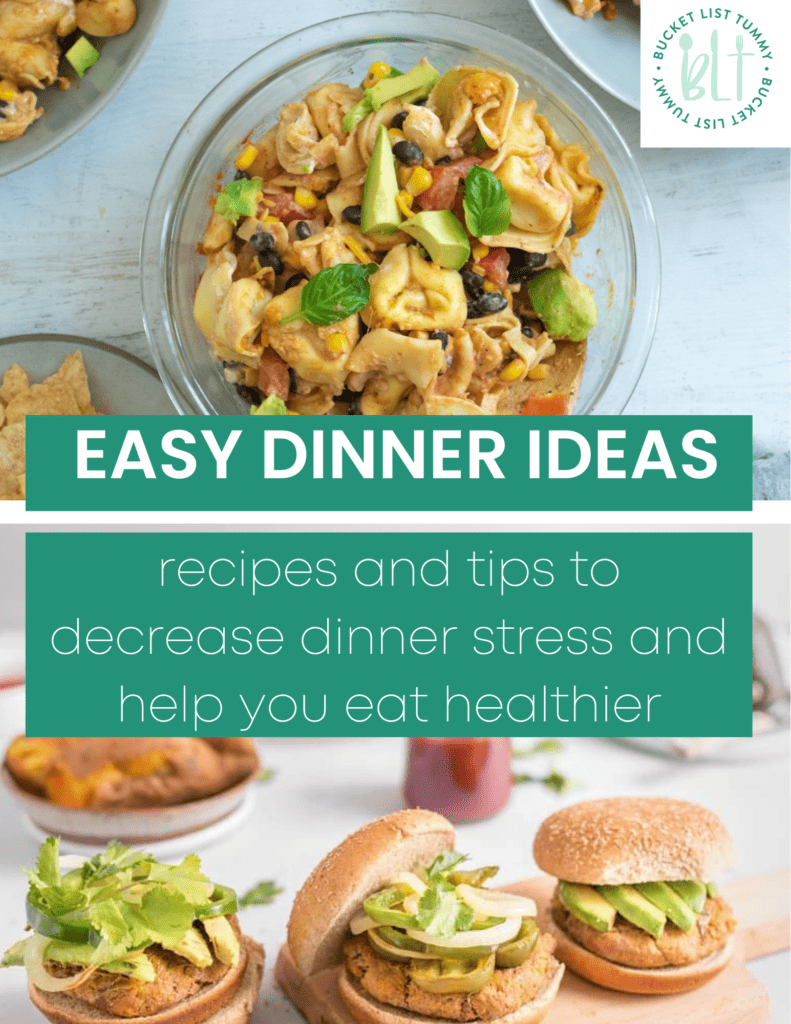
Ask Yourself, “What Do I Want To Eat?”
And the best way for you to figure that out is to experiment with different foods and foods that you like.
- What makes you feel good?
- What do you want right now?
- Think about what food sounds good?
- What do you enjoy eating or making?
- How hungry are you?
- When was the last time you ate?

Rather than following a strict eating plan, you can eat foods that make you feel good.
You can enjoy desserts if that’s what you like without feeling deprived.
You can start your morning with sufficient protein because you know that will keep you satiated for longer during your busy work day.
Plan nourishing snacks for pre and/or post workout to produce results or refuel your muscle stores.
You can pack veggies in your lunch because you know that extra fiber makes you feel good and balances your blood sugar.
But you can also pack other things, and recognize that a salad doesn’t have to be your only option for lunch.

When it comes to movement, you can move in ways your body likes to move.
Why run if you hate running? Do you think that’s a behavior that you’ll be able to keep up with for years to come?
I heard this on a podcast recently and loved the way it sounded.
Would you still engage in whatever form of exercise you’re currently doing if you knew it had 0% chance of changing your body, or your weight?
Is it something you would do just because you really love it?

It is “healthy” to engage in exercise. We want to move our bodies, our bodies crave movement.
But, that looks different on everyone. And every day may bring variety too.
Maybe one day it’s a yoga class, and another day it’s a run.
Maybe one day it’s just a long walk with your dog.
Or, it’s choosing to watch a movie or read a book instead of moving.
In short, there are no rules or guidelines, and there is ALOT of room for flexibility.
Diets don’t offer that flexibility, even if it’s called the Wellness Diet.
There is no “shortcut” to wellness, despite what they may make you think. There’s no real definition of wellness that fits for all of us.

How do you define wellness?
Support Bucket List Tummy






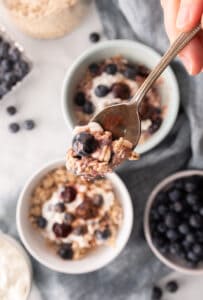

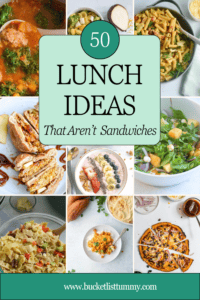
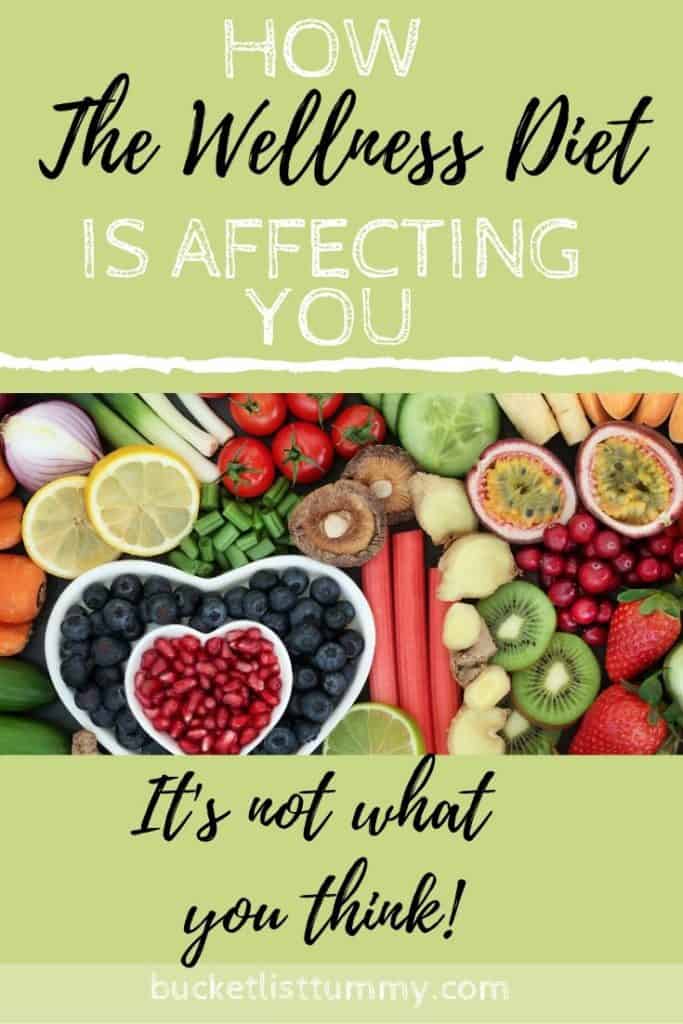


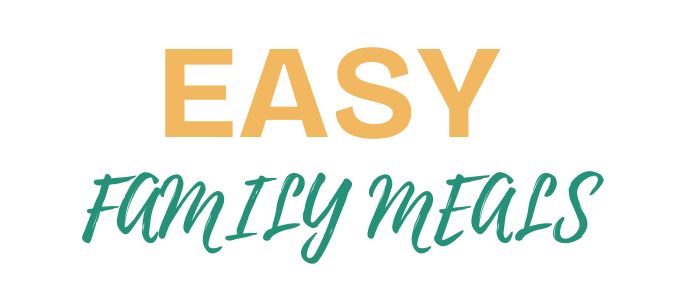
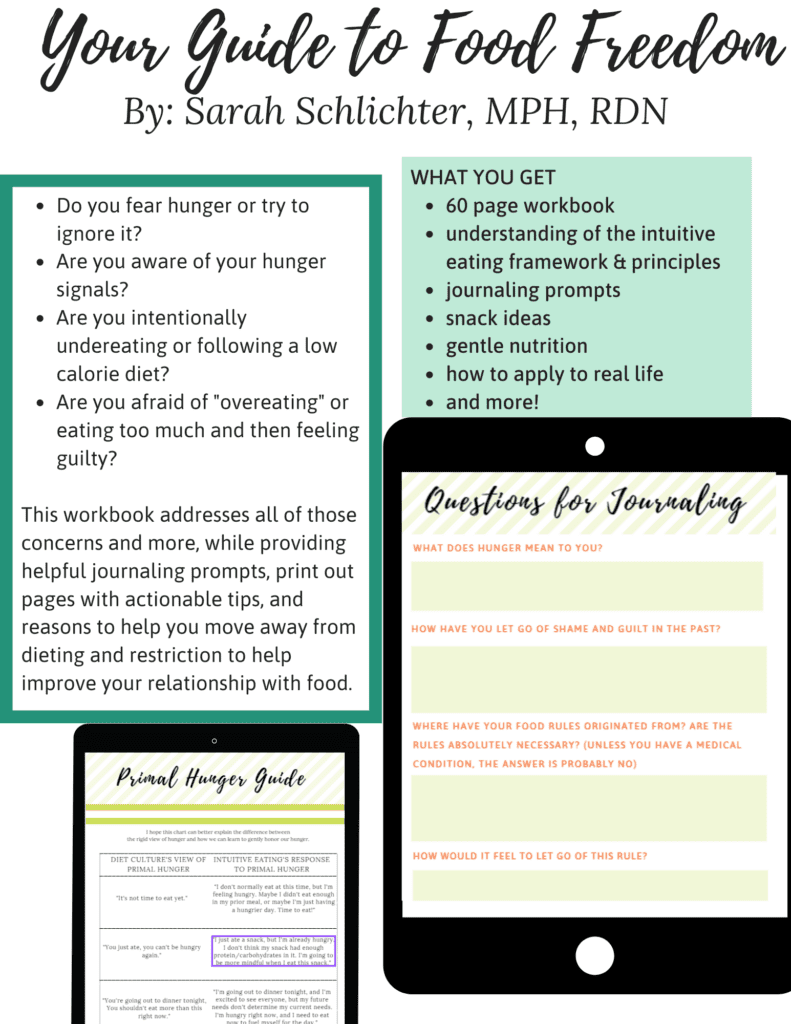
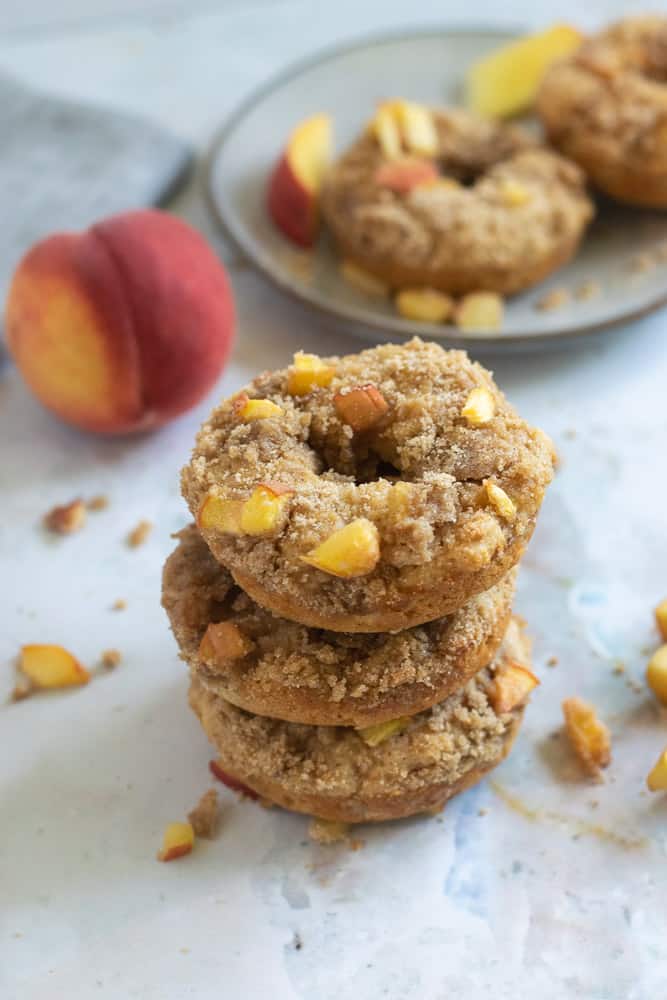
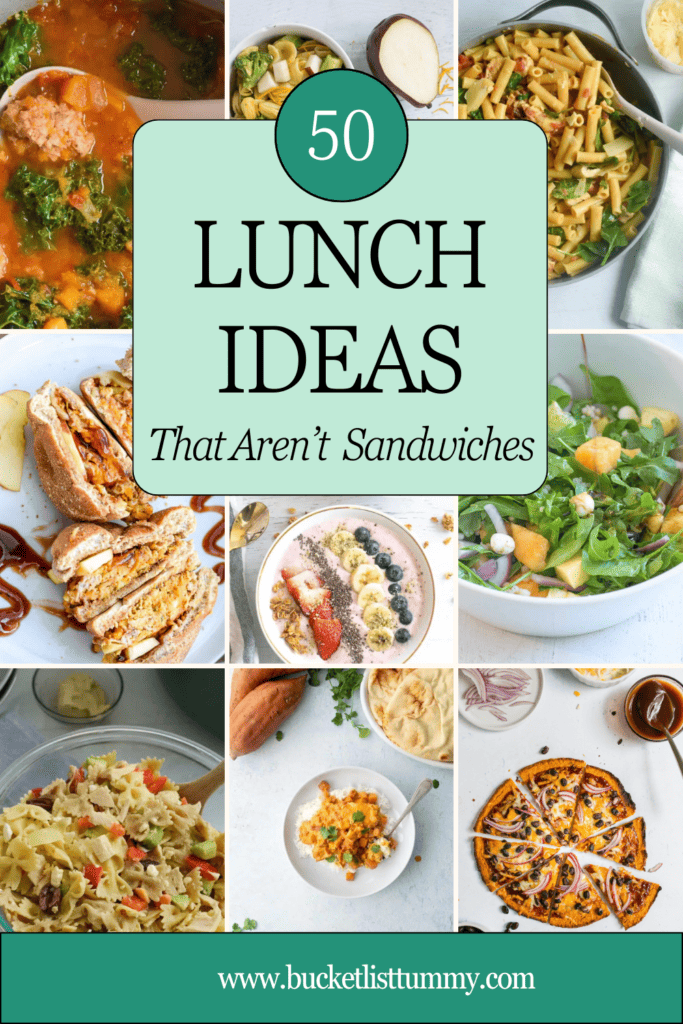
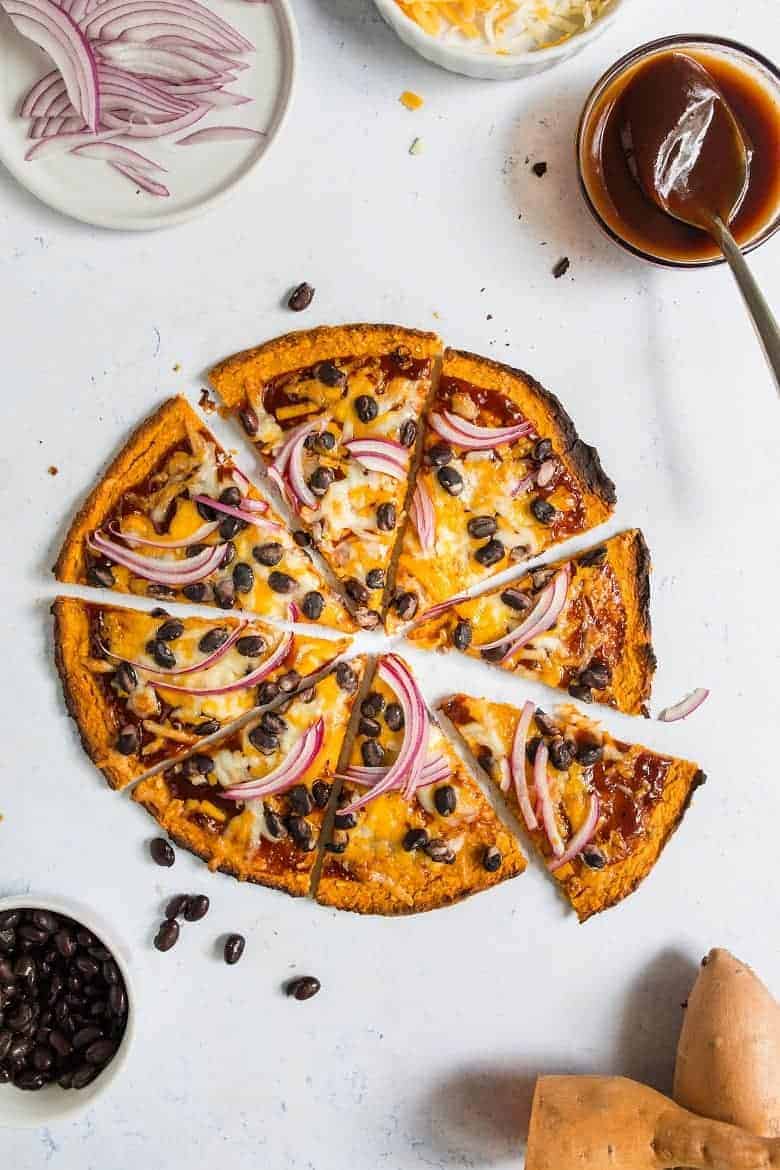
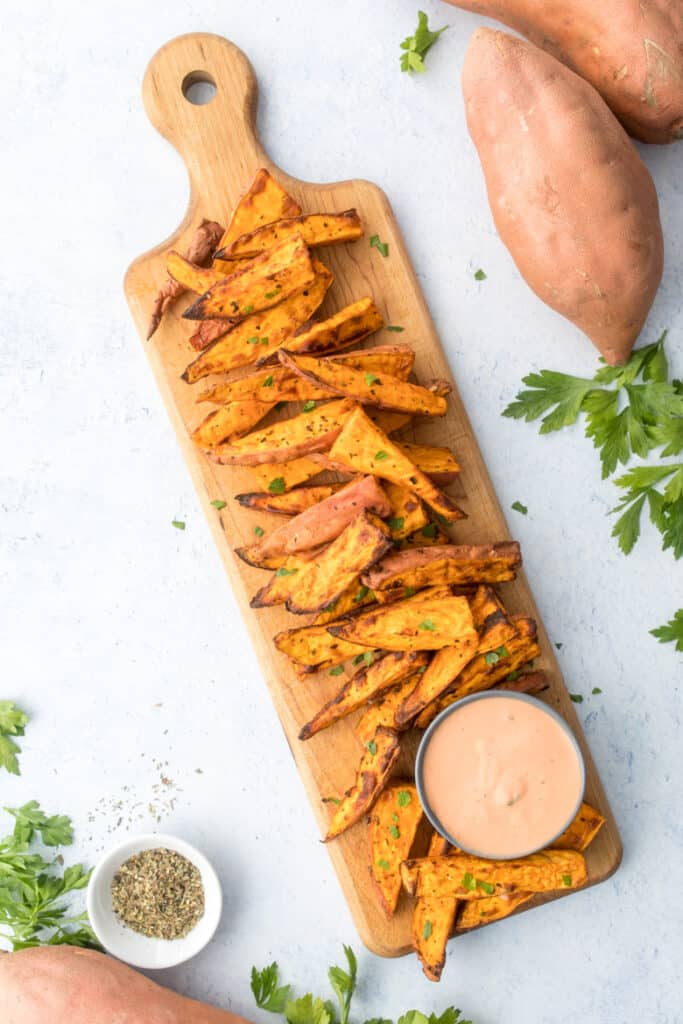
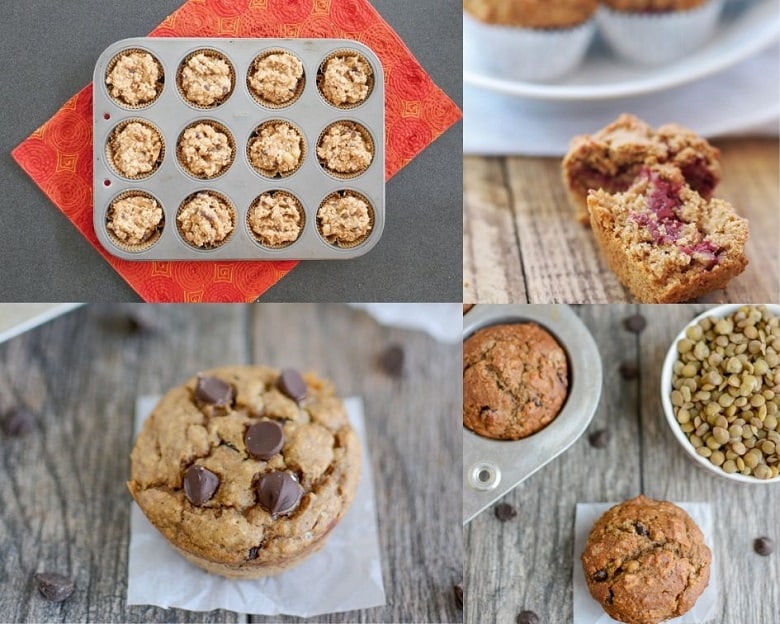
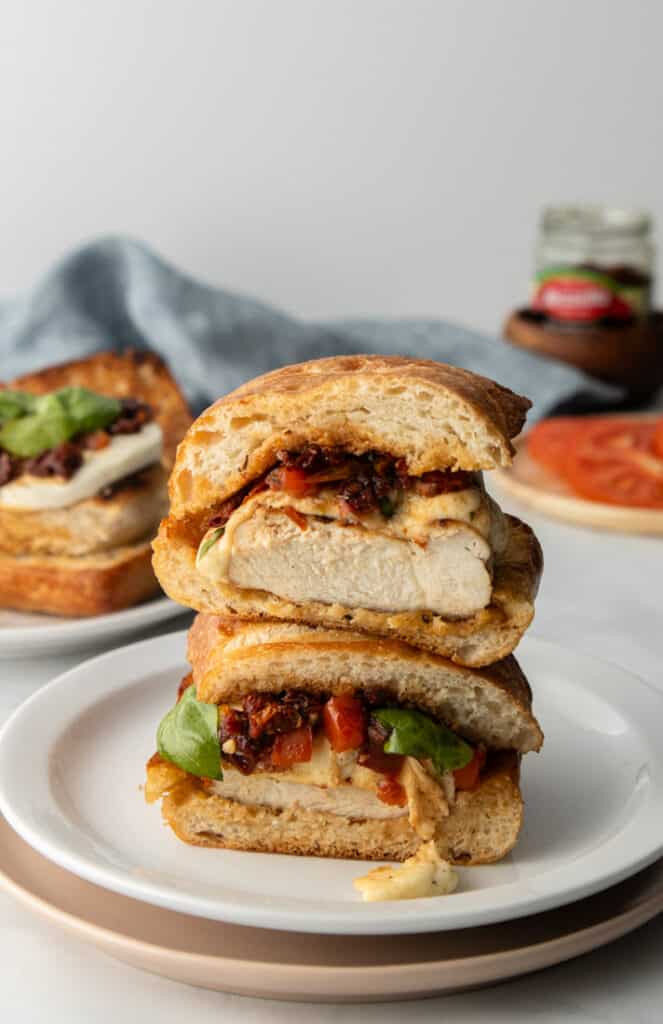
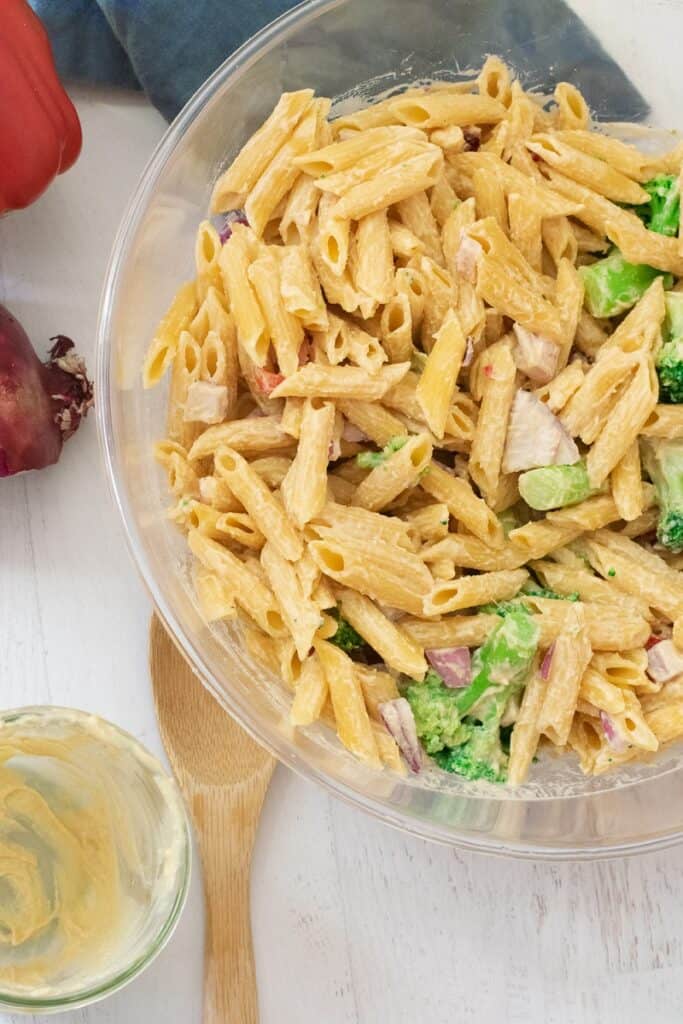
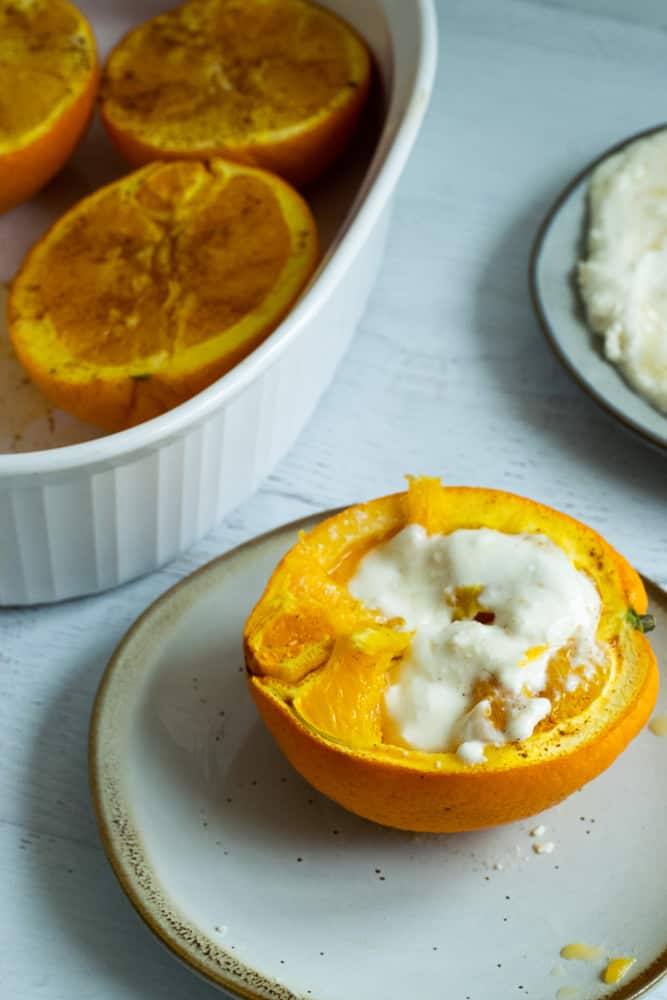
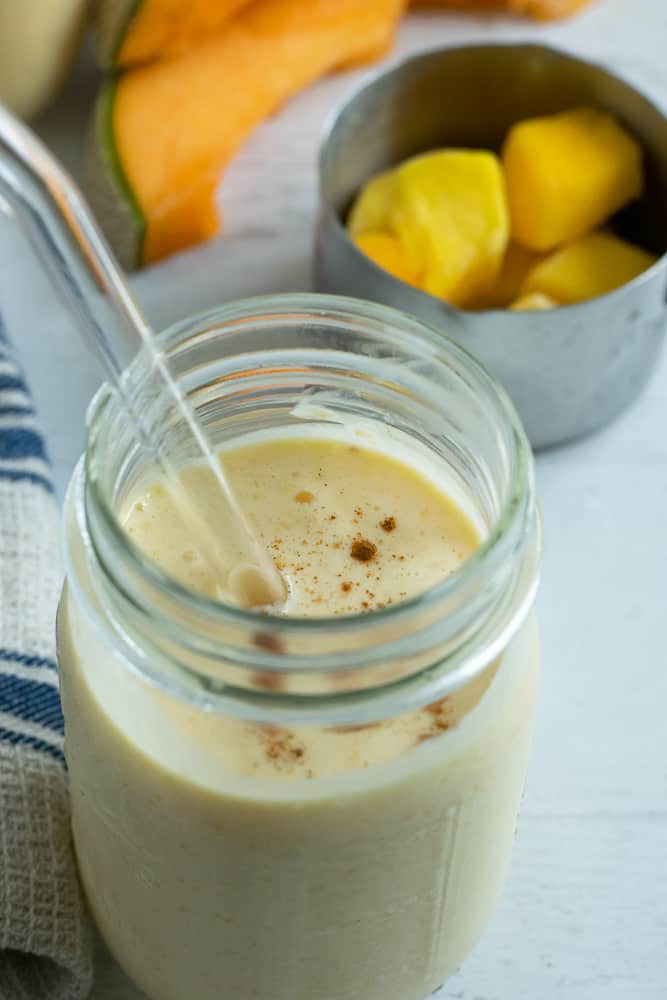
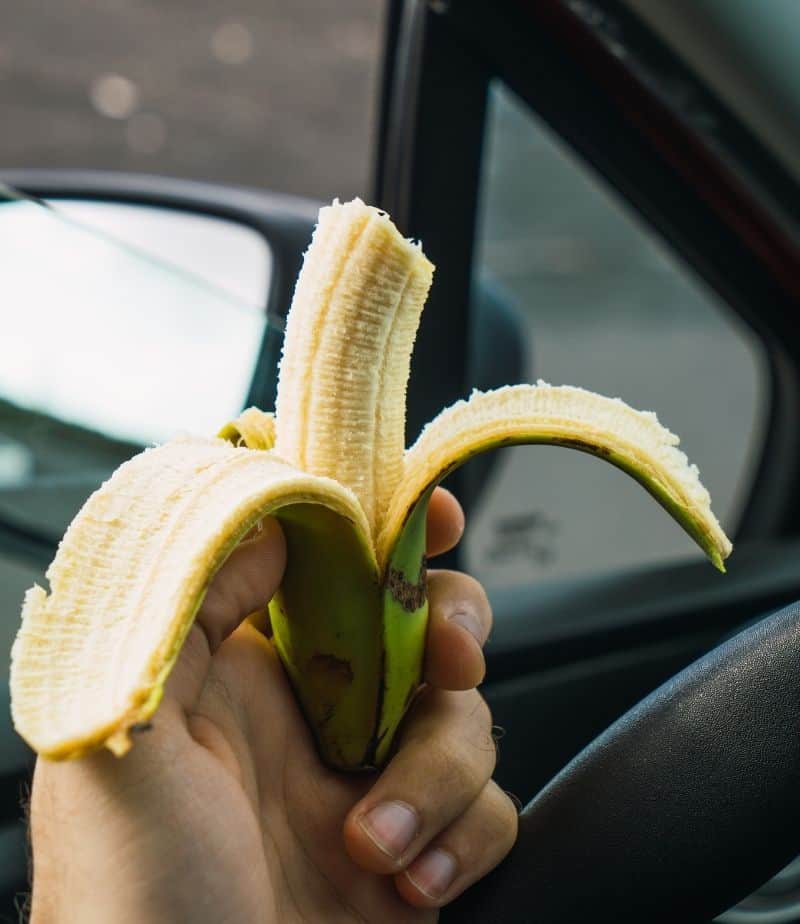
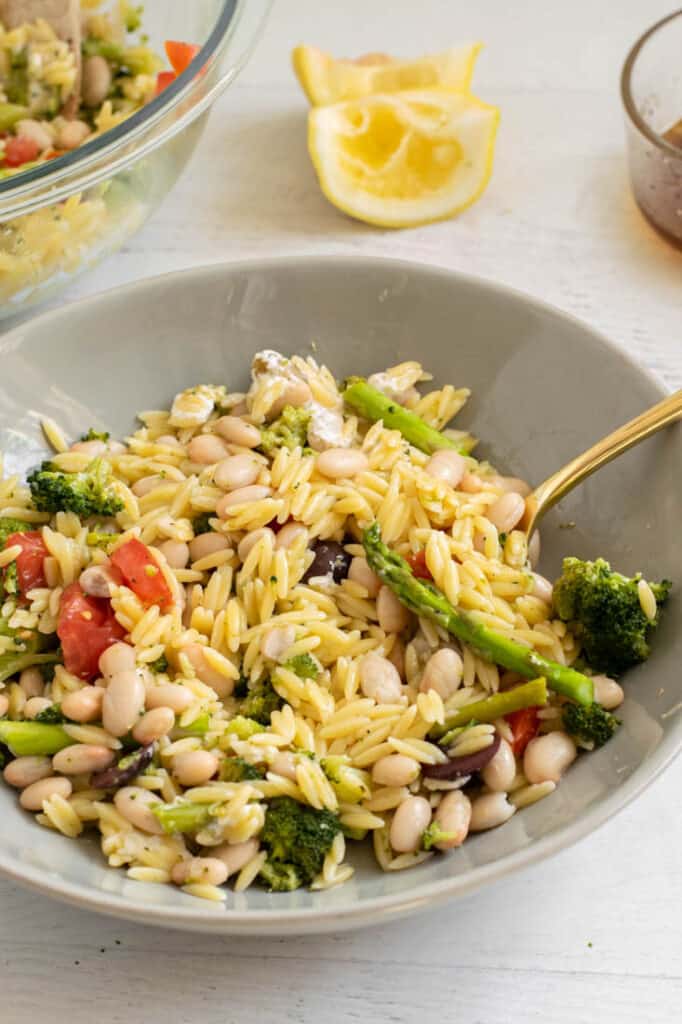

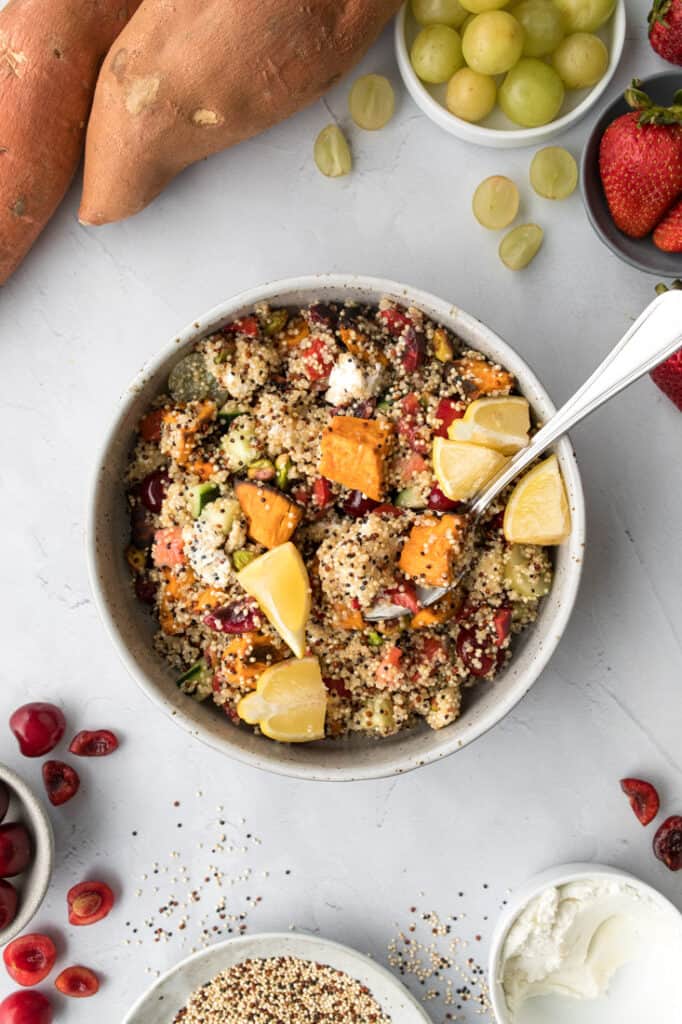

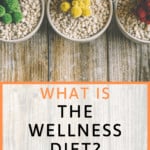
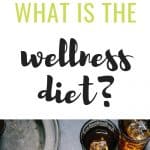
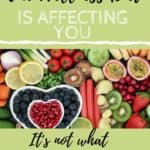
Like This Content?
Support Bucket List TummyI so love this because I have seen the wellness diet kind of creeping in especially on Instagram, and it can kind of come combined with ‘intuitive eating’, but it still sounds too restrictive or focused on just food to me.
You’re right Emily – it really can be disguised as an intuitive approach but it can still be grounded in rules.
Excellent post today, Sarah. I mentally feel better when I know I have eaten something considered “Healthy” but I’m not sure I have ever been able to differentiate how I feel physically after having eaten most different types of food…other than something like a doughnut where I don’t feel so good mentally or physically.
Thank you for this reminder <3
I wish I remembered where I read this now but apparently there’s a new eating disorder that is caused by people focusing too much on what they’re eating. It’s not anorexia or bulimia but something else. That’s so scary to think about how focusing just a little too much on health can spiral out of control.
To me, wellness is balancing what fuels my body and what fuels my soul. Maybe a giant bowl of mac and cheese isn’t the healthiest dinner since it’s straight cheese and pasta with little protein or veggies. But it’s a healthy dinner for my soul so I’ll enjoy everything last piece of it and then move on with no regrets.
Actually, mac n cheese is often high in protein… even frozen staffers Mac (my fave) or the boxed version with powdered cheese,. Yes I am serious. and those are both staples in my diet, weekly, and my kids also…. I personally see it as perfectly healthy… but I know I’m the minority but hey that’s ok with me!
I meant, frozen stoffers mac.
I know cheese and protein but when I compare it to a meal that has a meat or bean with it, it has little protein! I just know it’s not the most balanced meal to have all the time. Although I def hate some Kraft mac and cheese today for lunch. Can’t stop the mac and cheese love haha
“Orthorexia?”
It is definitely linked to orthorexia tendencies.